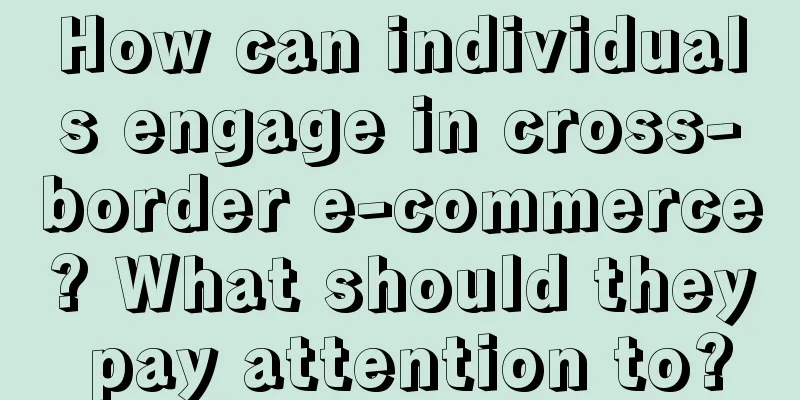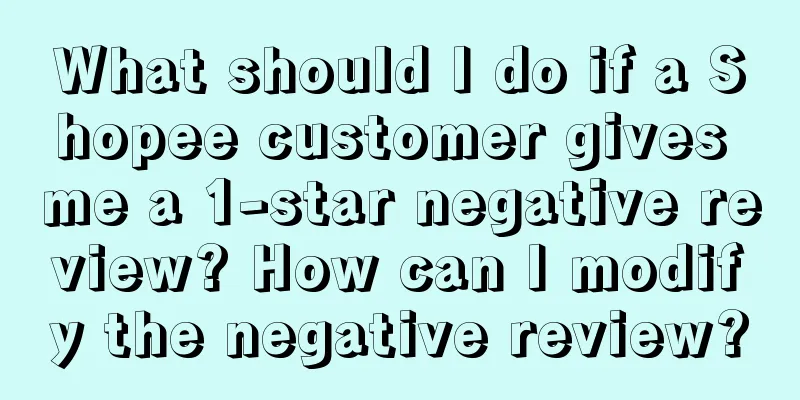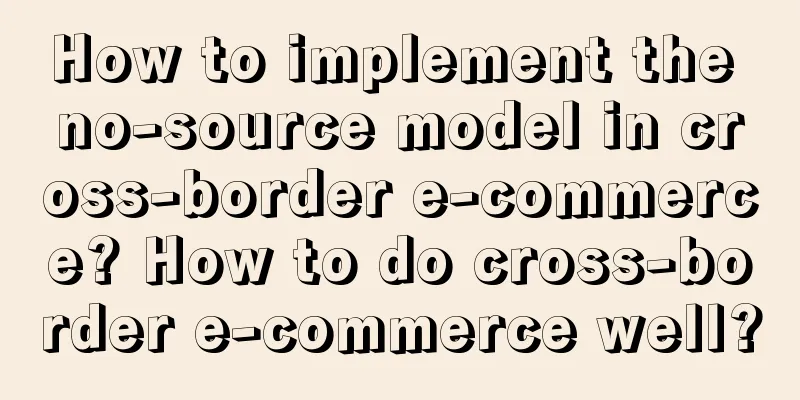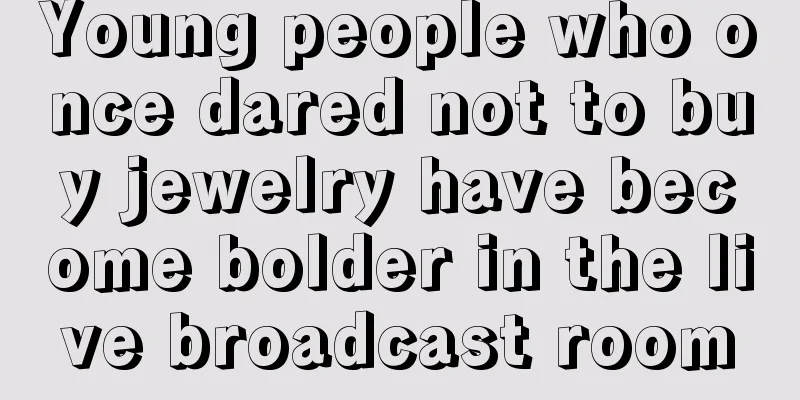My understanding of knowledge products
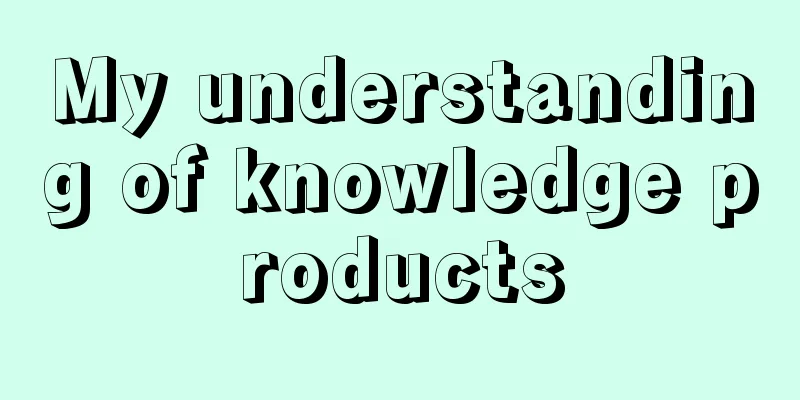
Knowledge products are also called knowledge payment. Many people are familiar with this name and have bought quite a few; however, in the past two years, everyone has discovered that it is becoming increasingly difficult to produce knowledge products. Why? Putting aside the background of dividends and blue ocean, I think that on the one hand, users are getting younger and younger. The living environment, educational philosophy, and way of thinking of the post-95s and post-00s generation are very different from those of the previous generation. At present, some content on the market is basically difficult to satisfy them. On the other hand, according to the encyclopedia's definition of knowledge as being verified, correct, and believed by people, the vast majority of knowledge product creators may still be immersed in the mindset that they can sell it by creating some content and making it into a system. In addition, there are no less than 50 reasons for common scenarios. So, last year I also wanted to develop knowledge products, but this problem has always put me in trouble. What is the reason? Some friends suggested that since you know how to create content, you can just organize the content of the official account and create a class; others emphasized that it would be better to identify the current hot spots and then try them. Due to my obsessive-compulsive personality, these suggestions did not convince me from the bottom of my heart, and I could not agree with them from the perspective of product thinking; recently, I looked at the problem from a different angle and suddenly had a new insight. 01That is: Why do we buy many courses and books in the past, but often do not actually learn? The reason is that our understanding is wrong. For example: I've been learning the design software MaserGO recently, but I still don't understand a lot of things, so I started looking for some courses to listen to. Can you guess what the real problem is in my learning? It is definitely not, "How do I cut out a picture, what are these buttons in the software interface", or "How should I make the line layout look better". In fact, the question I really want to answer is: "How to complete a complete work? How is this special effect achieved?" These questions really stimulate my curiosity about design and make me eager to find the answers. In other words, when a person buys a course, he essentially hopes to find the answers he wants, work hard to achieve the desired results, or even find solutions. These questions can naturally lead to the next question to be answered and lead to positive feedback; therefore, most people buy a course but do not finish it because the feedback loop is wrong. Why? I want to ask how do you study? Study. Who doesn't know how to study? Reading comprehension, asking experts for advice, reading a lot, etc. I can think of more than 10 methods in a flash. But you definitely have them. Therefore, the question is not how to learn, but why we should learn; only by understanding why (why purpose) can we clarify the current problem (what is how) and finally know what results we want (what to do). I generally think that there are two goals of learning: One is to master a certain skill or achieve a specific result. Like "I learn this thing because I want to make money from it." The other is to explore the learning process. Like "What is this knowledge? What is its use? How to understand and use it? "Goal" is usually the dominant force in your learning, so the two goals often cannot exist at the same time. You must choose one as the main motivation for learning. For example: Suppose you want to learn programming to master a skill. Then you would think, "I know that programming technology has a great market demand. After learning, I can find a good job or develop software to make money." This is a learning goal oriented to specific results. However, if you are more interested in "exploring the learning process", you might ask "How do programming languages work? What can I do with them? How should I understand and apply these languages?" In this case, the purpose of learning is how to understand and apply these languages, master them, not to make money. The more curious you are about the process, the more you will be driven to explore new technologies. Therefore, the goal is the main driving force for learning. You can choose to be oriented towards specific results, or you can choose to focus on exploring the learning process, but the two goals often cannot exist at the same time. Why? If we focus too much on the “final product,” we may lose sight of “understanding the process” and its details. At the same time, even if we understand and appreciate the process, we may become negative or lose motivation if we cannot see the results immediately. In other words, without visible “results,” we may lose interest and motivation in learning, even if the learning goal is to “understand the process.” 02This is particularly important in courses that aim to "master the finished product". There are often two situations: First, the course itself cannot help us produce the desired finished product. Secondly, the course can theoretically produce the expected product, but it is only possible to achieve the goal if you have a deep understanding of the course and repeatedly apply the knowledge you have learned in practice. Before reaching the goal, what you have learned are scattered knowledge that seems to be irrelevant to the ultimate goal. What does it mean? Suppose you are taking a course on building an IP, and the purpose is very clear: after learning, you can build an influential personal brand. At this time, you will face two challenges: First, the course itself is all theory and cannot help you build an influential personal brand; second, even if the course can help you create an influential personal brand in theory, you must deeply understand the content of the course and repeatedly apply what you have learned in practice. For example, how to write, how to use social media to communicate, how to improve public speaking skills, etc. Therefore, before achieving your goal, the knowledge you have learned may seem scattered, but this knowledge is essential in ultimately helping you achieve your goal ; to successfully build a personal brand, it requires not only theoretical knowledge, but also courage and perseverance in practice. It's like, recently many small bosses came to talk to me, saying, Zhiyuan, can you help me build my personal IP? Or how much does it cost to ask you to do it? I don't know how to reply, they are eager to pay a one-time fee and directly deliver something that can be used. From an internal perspective, building an IP is a long-term process that cannot be completed in an instant. So, the same goes for learning. If you study with the goal of mastering "making finished products", the result delivered to you may be how to shoot short videos or how to write; if you study with the goal of "understanding the process", if the course starts by teaching some small parts, you may not be interested in learning and end up giving up. In my opinion, any course that wants to teach us how to build a sports car (pay once and you're done) needs to start with the basics, like how to install tires, how to install a steering wheel, etc. If your goal is to build a sports car, then you will definitely not be able to achieve this goal when you first start learning. Only those who can accept this reality and stick with it can truly make good use of the courses they purchase. On the other hand, if the purpose of learning is to enjoy the learning process, and if you are not in a hurry to build a sports car, but care more about the experience of the learning process, then learning will be easier and the process will be smoother. In a nutshell, learning attitude and goal selection have a significant impact on the results. If the goal is just to "complete the finished product" , some key learning processes and details may be missed, and the expected results may not be achieved immediately, which may cause you to lose patience. On the contrary, if the goal is to "understand and enjoy the process", then you may maintain a positive attitude and learn and improve more effectively. This is also the first reason why many people will not listen to the course after buying it without running with others. 03The second reason is to purchase unequal courses. Some courses, books or paid resources only tell us “how”, but when we actually start learning, we may find that things are not as easy as we imagined. for example: I have recently been studying the ESG marketing module and found that the teacher’s explanation was not as detailed as I imagined. The course was full of big concepts without any practical operations. I felt very disappointed. To avoid this situation, we need to understand what we really need and what this course can provide us. At the same time, we must also understand that learning is a process and we cannot expect to see results immediately. Based on these observations, I believe that there are only two types of general knowledge payment products on the market: 1. Fill the Information GapThe gap between the knowledge or information you currently have and the knowledge or information you want or need to know. Suppose you are a manager who has just taken over a marketing position, and the position requires you to be responsible for managing and optimizing the company's Weibo, WeChat and Douyin. Your professional background is very good in traditional marketing, but weak in new media. In this case, there is a certain "information gap", and more information is needed on how to effectively use Weibo, WeChat and Douyin. In order to fill this gap, you can choose to take professional courses, read related books, consult experts in the circle, etc. 2. Fill the Action GapYou already know what you should do, but you haven't actually executed it or have not executed it enough. Assume that you have read a lot of writing tutorials and books, understand the basic principles and techniques, understand story structure, know how to create vivid characters, and even know how to use words to create interesting plots. In this case, the "action gap" between you and writing a novel is particularly obvious; although you have all the necessary information, you lack the ability and courage to turn this information into actual action. To make up for the lack of action, you may need to join a training camp, a writing group, or set some practical writing goals to complete your plan. This method is also called "experiential learning." Knowing what is lacking at present and then making up for it is the best strategy for knowledge payment. Everyone can basically identify the latter, and the characteristics are often focused on delivery and set up to run with. For the former, how to identify the quality? First of all, don’t expect to cover everything. You can find all kinds of big and comprehensive things online. Whether you are making knowledge products or paying for them, don’t expect a class to cover all the details. The key is whether the teacher has explained the core knowledge and viewpoints clearly and in depth. Secondly, you need to be able to understand. Many people like to pay for concepts, thinking that things that they cannot understand are professional. In fact, those professional theories have a fixed user base, and sometimes you may not be able to use them after learning. A friend of mine who works in marketing signed up for a market insight course some time ago. The instructor spent 10 days teaching a lot of "models", including STOW, Porter's Five Forces Model, 5W2H, etc., but the last one was not used. Some things seem powerful, but in fact they are incoherent. System courses are a kind of connection, just like customer research, which can be implemented after listening. Assembly courses delete the professional part, and there is not much that can be used. Secondly, complete dry goods. What I call "dry goods" refers to knowledge that can provide in-depth understanding, practical methods, deep values, and direction for solving problems. These contents not only help you understand the essence of the problem, but also provide corresponding solution strategies. The reason why dry goods are called "dry goods" is that they are the essence of information, removing the useless "water". Have you discovered something? If we use these requirements to filter some knowledge products on the market, I think most of them are not up to standard. They either only have theories but cannot be put into practice, or some modules are not explained thoroughly. The most fundamental reason is that everyone is thinking about how to make money with the courses, and they think whether they are good or not is not very important. 04Therefore, products that fill the information gap are dispensable, and products that help you fill the action gap are more popular. When designing this aspect, I have three thoughts, and I plan to practice them in the future: 1. Focus on a specific demand segmentAt first, I always thought that the market was too competitive and there was no room for new entrants. But then I realized that every market has its own blue ocean if you look deep enough. In the field of business writing, most courses focus on explaining basic writing skills and sentence patterns. However, there is always a group of people who desire more professional and in-depth content. I am often asked some relatively special questions, such as how to interview senior executives, how to use specific small things to prove bigger issues... I firmly believe that there is a vast space for development in every field. At the beginning, you may need to communicate with users in person, or even provide them with customized solutions. When you understand it deeply enough, you will find the common problems you face, so you can find the direction of market segmentation. It is very important to focus on the focus instead of seeking too much. In addition to sinking, you can also serve some contemporary post-95s and post-00s. According to my research, they are more interested in professional skills training and personal development (mental health, hobbies). I know a friend who likes painting and has subscribed to a product for a long time. Of course, there are also many demands in professional fields, such as short video e-commerce platform management, delivery, insight, etc. 2. Become a behavior designerThe interesting thing is that although everyone is eager for knowledge, time is very limited. To some extent, many people don’t want to spend too much time listening to the teacher’s detailed explanation. They hope that teachers can directly tell them how to act and how to put the knowledge they have learned into practice. Like me, I also prefer to look for paid knowledge products that can directly tell me how to act; because I think this method can help me learn more efficiently and allow me to obtain the greatest value within a limited time. Some time ago, I signed up for an English class. The teacher only gave theoretical classes in the community for 15 minutes every day, and used the rest of the time to comment and correct homework. Everyone had a strong spirit of learning, helping each other and surpassing each other. There is a term called Motivational Wave, which means a short-term surge in freshness. If you want to keep the motivation going, you only need to use a low threshold and cluster power. Therefore, better behavioral design is an indispensable part of knowledge products. 3. Continuous feedback and iterationI have seen many individuals and content companies using SaaS tools to sell their knowledge products, with dozens or even hundreds of categories, and the sales of each one are not ideal. This made me think deeply: if one product is not well made, does it mean that other products will not be well made? Personally, I think the answer is yes. The product represents user needs. If you cannot wholeheartedly meet a certain need of the user, that is, focus on one product and do your best, then you may lose the possibility of doing well in other products. Japanese grocery brand MUJI has a revenue of 25.9 billion in 32 countries by the end of 2022, but only 8,000 SKUs. This gave me a great inspiration that no matter individuals or companies, they can also make their products popular without too many categories. Sometimes, focusing on developing a product, constantly optimizing it according to user needs, and building a good reputation is much more effective than developing 10 products at the same time and expecting success. This aspect is particularly important in this era. Overall: It’s not that it’s difficult to do, it’s just that there are more professionals. Learning that focuses on the "final product" or "understanding process" is not as popular as filling the action gap. Take my learning of skills as an example. Five years ago, I was unable to achieve my current level. All of this was accumulated bit by bit through experiential learning. Author: Wang Zhiyuan, WeChat public account: "Wang Zhiyuan" |
>>: Isn’t City Walk just a stroll?
Recommend
In 2025, will the short drama live streaming anchor have a happy ending?
As the short drama market continues to be hot in 2...
Shut down live streaming sales, is Brother Yang going to quit?
The live streaming e-commerce market has recently ...
Mr. Huang was mocked, and the duck-headed boy couldn't sell the goods: How far can ordinary people who are hit by traffic go?
How far can an ordinary individual who is hit by t...
Wong Kar-wai's "Flower", advertising placement on the ceiling
The TV series "Fanhua" has ended. There ...
When does Amazon start withholding payments? When does it start deducting monthly rent?
Amazon is a well-known cross-border e-commerce pla...
Can I open a Shopee account with a studio's business license? How can I register?
We all know that if you want to open a store and s...
What should I do if I cannot log into the eBay client on my mobile phone? What is the reason why I cannot log into my eBay account?
As one of the world's largest online shopping ...
Why do factories always make mistakes when building brands? Here are the 6 basic reasons!
This article shares six common pitfalls that facto...
Can international virtual credit cards be used to transfer money on WeChat? What are the transfer methods?
As a convenient cross-border payment tool, interna...
Is Lazada owned by Alibaba? Which country is Lazada based in?
Lazada is a cross-border e-commerce platform under...
I spent more than 10 million yuan to develop a new brand private domain model
In the wave of private domain traffic, how brands ...
Brand online growth closed loop: Douyin breaks the circle, Hongshu occupies a position, and shelves take over
The closed loop of omni-channel marketing, precise...
Is it a good idea to switch careers and start working in cross-border e-commerce? What is the prospect of cross-border e-commerce?
With the advent of the Internet era, the cross-bor...
Mixue Ice City turns "green", the Snow King has the traffic code
This article first introduces what happened recent...
[Special Topic on Overseas User Research] Top Ten Challenges Faced by Google User Researchers
In user research, researchers will also encounter ...
